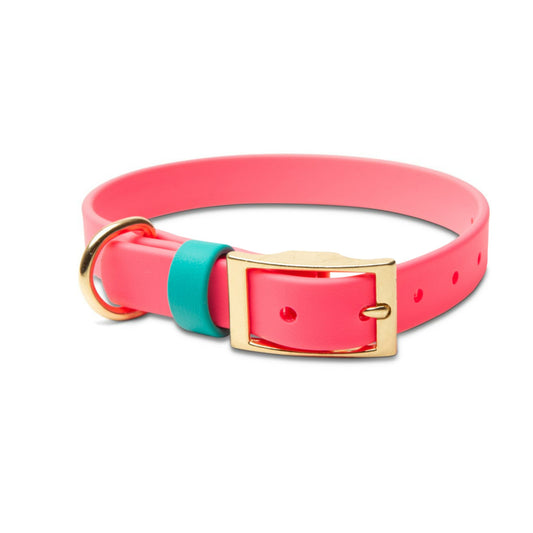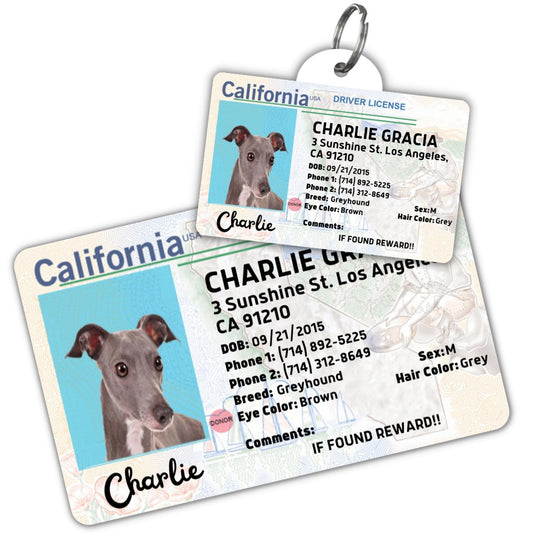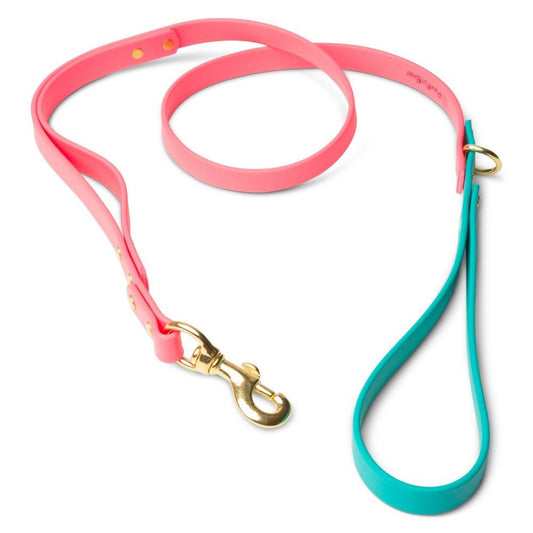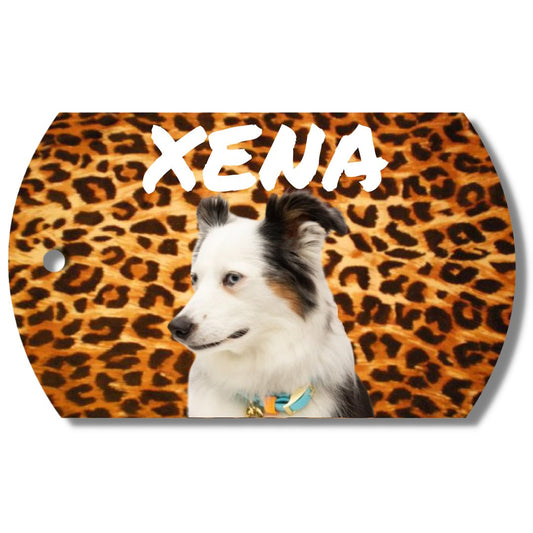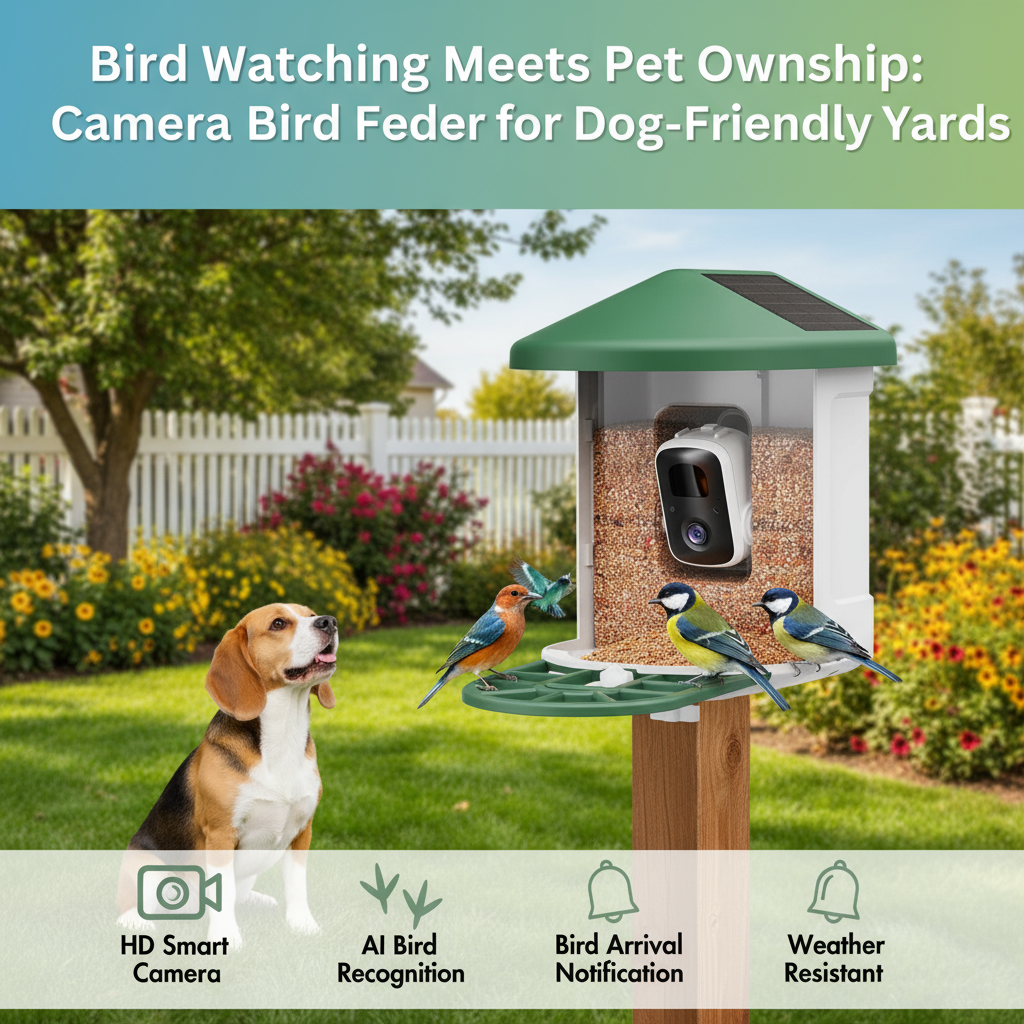
Bird Watching Meets Pet Ownership: Camera Bird Feeders for Dog-Friendly Yards
The intersection of bird watching and dog ownership might seem fraught with challenges; after all, dogs often view birds as exciting chase targets rather than peaceful observation subjects. However, modern camera bird feeder nearby technology creates remarkable opportunities to enjoy both passions simultaneously. These innovative devices transform your backyard into a wildlife observation station that entertains you, safely stimulates your dog's natural curiosity, and brings nature closer without disturbing the delicate balance between pets and wildlife.
For dog owners who appreciate nature, outdoor bird feeders with cameras offer unique benefits that traditional bird watching cannot match. You observe intimate bird behavior in high-definition footage as your dog learns appropriate responses to backyard wildlife —a win for everyone involved.
Understanding Camera Bird Feeders
Before exploring their integration with dog-friendly yards, let's understand what makes these devices special and how they function.
-
How Camera Bird Feeders Work
An outdoor bird feeder with a camera combines a traditional seed or suet feeder with a built-in motion-activated camera. When birds land on the feeder, the camera detects movement and begins recording high-definition video or capturing still images. These recordings transmit wirelessly to your smartphone via dedicated apps, alerting you the moment birds arrive.
Modern versions include impressive features: 1080p or 4K video resolution, night vision for observing nocturnal visitors, AI-powered bird species identification, and solar-powered batteries that maintain charge without frequent manual recharging. Some models even include microphones that capture bird songs and calls, adding audio dimensions to your observations.
-
The Technology Behind the Magic
Camera bird feeders nearby use motion sensors similar to security cameras but calibrated for small movements and designed to minimize false triggers from wind-blown leaves or branches. When birds perch on designated landing spots positioned perfectly in camera frame, the sensor activates and high-quality footage begins recording.
The wireless connectivity utilizes your home WiFi network to stream footage to cloud storage and your smartphone app. Most systems require WiFi within 50-75 feet of the feeder location, though range extenders can expand coverage for yard areas farther from your home.
Benefits for Dog Owners
Why would dog owners specifically benefit from camera bird feeders? The advantages extend beyond simple bird watching into meaningful benefits for both you and your canine companion.
-
Safe Wildlife Observation for Dogs
Dogs possess strong prey drives, some breeds more than others, that make backyard birds irresistibly fascinating. Traditional bird feeders often become sources of frustration as your dog barks, lunges at windows, or constantly patrols the yard, scaring birds away.
Camera bird feeders solve this problem elegantly. Position the camera feeder where your dog has limited or no direct visual access, perhaps on a pole in an area they don't frequent, or mounted high on a fence section they can't see from usual viewing positions. You and your dog then watch bird activity together on your phone or tablet from indoors.
This shared experience satisfies your dog's curiosity without allowing direct interaction that stresses birds or reinforces undesirable chase behaviors. You're teaching appropriate wildlife appreciation, looking rather than chasing, through controlled, positive exposure.
-
Mental Stimulation Through Supervised Viewing
Showing your dog bird footage during quiet indoor time provides mental stimulation that enriches their day. Many dogs find watching wildlife genuinely engaging, particularly breeds with strong prey drives or herding instincts who enjoy tracking movement.
Set up viewing sessions where you and your dog watch recent bird feeder captures together. This bonding activity gives your intelligent companion something interesting to observe while spending quality time with you. It's particularly valuable during weather that prevents outdoor adventures or for senior dogs with reduced physical capabilities who still crave mental engagement.
-
Training Opportunities
Camera bird feeders create unexpected training opportunities. Teaching your dog calm behavior while viewing wildlife footage helps establish impulse control and appropriate responses to small animals. You can reward relaxed observation rather than excited pursuit behaviors.
This training translates to better behavior during walks when encountering squirrels, rabbits, or birds. Dogs who learn that wildlife can be observed calmly rather than chased frantically become more pleasant walking companions.
Choosing the Right Location
Strategic placement makes the difference between a successful camera bird feeder setup and a problematic one in dog-friendly yards.
-
Safe Distance from Dog Activity Zones
Position your outdoor bird feeder with a camera away from areas your dog frequently patrols. If your dog has favorite spots for sunbathing, playing, or monitoring the yard, place the feeder elsewhere. This reduces bird stress from canine presence and prevents your dog from constantly alerting to bird activity they can directly see.
Ideal locations include corners of the yard your dog rarely visits, areas behind fencing or landscaping that blocks visual access from main play zones, or elevated positions that place the feeder above your dog's typical sight lines.
-
Consider Your Dog's Personality
High-prey-drive dogs who obsess over wildlife require more careful planning than laid-back breeds who barely notice birds. If your dog becomes fixated on small animals, position the camera feeder completely out of sight from any area your dog accesses. You may need privacy fencing, strategic plantings, or clever placement behind structures.
Conversely, if your dog largely ignores birds or has learned calm observation skills, you might position feeders where they can occasionally see bird activity without becoming overstimulated. Every dog's personality demands customized approaches.
-
Practical Installation Considerations
Beyond canine factors, practical installation considerations include WiFi signal strength, the outdoor bird feeder with camera must maintain reliable connection to transmit footage. Test signal strength at proposed locations using your smartphone.
Consider sunlight exposure for solar-powered models, feeders need several hours of direct sun daily to maintain battery charge. Also think about accessibility for cleaning and refilling, you'll need to service the feeder regularly without creating complex obstacles.
-
Squirrel-Proofing Matters More With Dogs
Squirrels become bigger problems in dog-friendly yards. Dogs often pursue squirrels more enthusiastically than birds, and squirrels who become comfortable raiding feeders attract more canine attention. Invest in quality squirrel baffles, large domed devices that mount on poles beneath feeders, preventing squirrels from climbing up.
Position feeders at least 10-15 feet from trees, fences, or structures squirrels could use as launching platforms. The combination of proper distance and effective baffles keeps squirrels away, reducing the stimuli that excite your dog and scare birds.
Managing Dogs and Bird Feeders Together
Successfully maintaining both bird feeders and dogs in the same yard requires some management strategies that protect wildlife while respecting your dog's needs.
-
Establishing Viewing Boundaries
Train your dog that certain yard areas are off-limits or require calm behavior. Use positive reinforcement to reward relaxed behavior near the general vicinity of bird feeding areas. If your dog learns that calm behavior in certain zones earns treats and praise, they'll develop better impulse control around wildlife activity.
Some owners establish "wildlife zones" where dogs enter only on leash for controlled exposure, allowing birds to feel safer in those designated areas.
-
Timing Outdoor Activities
Birds feed most actively during early morning and late afternoon. If possible, schedule your dog's high-energy play sessions and yard time during midday when bird activity naturally decreases. This timing reduces conflict between your dog's outdoor needs and peak bird feeding periods.
Of course, bathroom breaks happen all day, but extended play sessions can strategically occur during quieter bird periods without significantly impacting your dog's routine.
-
Using Camera Footage for Positive Association
Create positive associations with bird activity by pairing bird feeder footage viewing with treats, petting, or other rewards your dog enjoys. Over time, your dog learns that birds signal good things happening, replacing excitable chase impulses with calmer, more positive responses.
This conditioning works best with puppies or dogs without deeply ingrained chase behaviors, but even dogs with strong prey drives can learn improved responses through consistent, positive training.
Conclusion
At PawFurEver, we believe that a love for pets and a passion for wildlife can coexist beautifully. The combination of camera bird feeders and dog ownership doesn’t have to be conflicting—it can actually create a richer, more harmonious outdoor experience. With a thoughtfully placed outdoor bird feeder with camera, dog owners can enjoy watching local birdlife flourish while keeping their furry companions engaged and mentally stimulated.
Our mission at PawFurEver is to help pet lovers build environments where animals thrive together—whether through safe wildlife observation, mindful training, or enriching accessories. By integrating technology and nature, your yard becomes more than just a play area for your dog—it transforms into an exciting ecosystem where your pet learns calm observation, and you capture stunning bird activity in real time.
Modern innovations from PawFurEver show that pet ownership and nature appreciation go hand in hand. With the right setup, your backyard becomes a peaceful retreat—a place where your dog can relax, birds can feed safely, and you can enjoy a closer connection with the natural world right outside your door.
Frequently Asked Questions
1. Will my dog scare away birds if I install a PawFurEver camera bird feeder?
Not necessarily. Birds quickly adapt to predictable dog routines. By positioning your PawFurEver outdoor bird feeder with a camera away from your dog’s main activity zones, both can coexist comfortably. Over time, birds will return regularly once they learn your yard’s safe patterns.
2. What’s the best bird feeder camera for yards with dogs?
The PawFurEver camera bird feeder is designed for pet-friendly homes. It features motion sensitivity settings that minimize false alerts from dog movement, crystal-clear video quality, and durable, weather-resistant construction. Plus, solar-powered options reduce the need for constant maintenance in active yards.
3. How far should I place a PawFurEver bird feeder from where my dog plays?
We recommend installing your PawFurEver camera bird feeder at least 15–20 feet away from your dog’s primary play or patrol area. If your dog has a strong prey drive, consider using visual barriers, such as plants or fencing, to maintain calm separation between your dog and wildlife.
4. Can watching PawFurEver bird feeder footage help train my dog?
Absolutely! Viewing bird feeder footage together creates great training opportunities. Rewarding your dog for calm behavior while watching bird activity reinforces impulse control. Many PawFurEver pet owners find this improves their dogs’ reactions to wildlife during walks or outdoor play.
5. Do I need WiFi in my yard for PawFurEver outdoor bird feeders?
Yes, most PawFurEver camera bird feeders require a WiFi connection within 50–75 feet to stream real-time footage to your phone. You can easily extend signal range with a WiFi extender or choose one of our models optimized for stronger outdoor connectivity.


